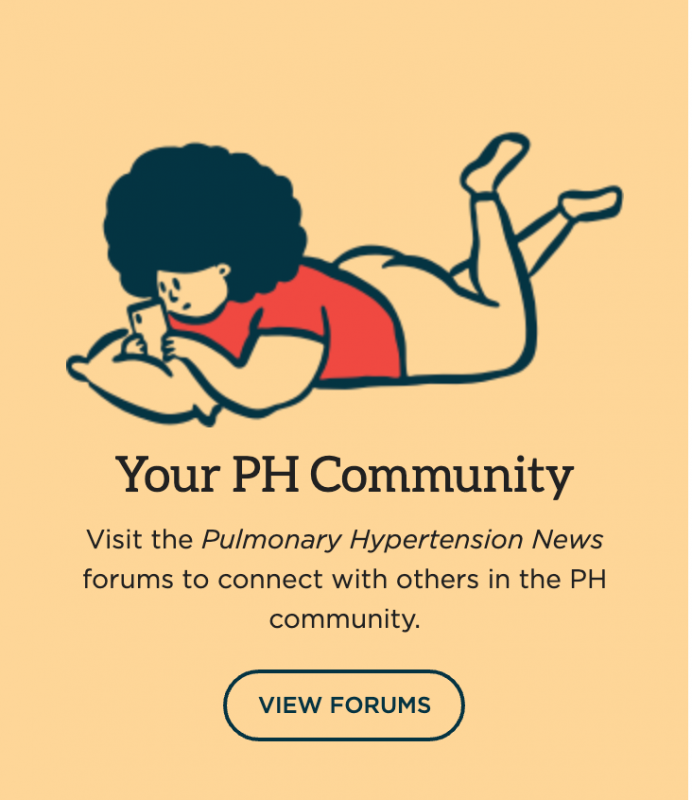ADM may offer new clues for protecting lungs in BPD-PH
Mouse study shows adrenomedullin eased vascular remodeling

Overproduction of the naturally occurring hormone adrenomedullin, or ADM, helped protect neonatal mice from experimental bronchopulmonary dysplasia (BPD) and related pulmonary hypertension (PH), a study reports.
“These findings strongly support the potential of ADM therapy for infants with BPD-PH,” the researchers wrote in the study, “Adrenomedullin Overexpression Protects Mice from Experimental Bronchopulmonary Dysplasia and Associated Pulmonary Hypertension,” published in the American Journal of Physiology—Lung Cellular and Molecular Physiology.
BPD is a chronic lung disease that affects newborns, most often those born prematurely and needing oxygen therapy. It causes damage to the airways (bronchi) and disrupted development of the alveoli — the tiny air sacs of the lungs.
BPD can lead to PH (BPD-PH) due to reduced lung blood-vessel growth and structural changes in the pulmonary arteries that raise pressure.
“Strategies aimed at enhancing and preserving lung vascular health are essential for preventing and alleviating BPD-PH,” the researchers wrote.
ADM’s role in lung development and vascular health
ADM is a naturally occurring signaling hormone that helps with vasodilation (widening blood vessels), angiogenesis (making new blood vessels), and the regulation of blood pressure. It can also reduce vascular inflammation and support alveolar development, the formation of tiny air sacs in the lungs.
In previous work, researchers at the Baylor College of Medicine in Texas showed that mice with reduced ADM developed more severe BPD-PH when exposed to high oxygen levels (hyperoxia).
In this report, the team tested the hypothesis that boosting ADM production would attenuate hyperoxia-induced experimental BPD-PH in this mouse model.
One-day-old neonatal mice, either healthy or genetically modified to overproduce ADM, were exposed to high oxygen (70%) for 14 days and then allowed to recover in normal oxygen (21%) for an additional 14 days.
Exposed unmodified mice developed hallmark signs of experimental BPD, including reduced alveolar development, fewer lung blood vessels, and increased inflammation and apoptosis (programmed cell death). They also showed pulmonary vascular remodeling, structural blood-vessel changes that contribute to PH, and ultimately developed PH.
In comparison, alveolar abnormalities were significantly reduced in mice bred to overproduce ADM, and mortality and growth rates did not differ from exposed unmodified mice. ADM also improved lung vascularization, reduced apoptosis and inflammation, and lessened pulmonary vascular remodeling and PH.
Heart rates did not differ significantly between groups, suggesting that the PH measurement (PAT/ET ratio) was not influenced by heart rate, the team said.
“These findings crucially highlight the potential of Adm as a novel therapeutic agent for infants with BPD-PH,” the researchers wrote.








